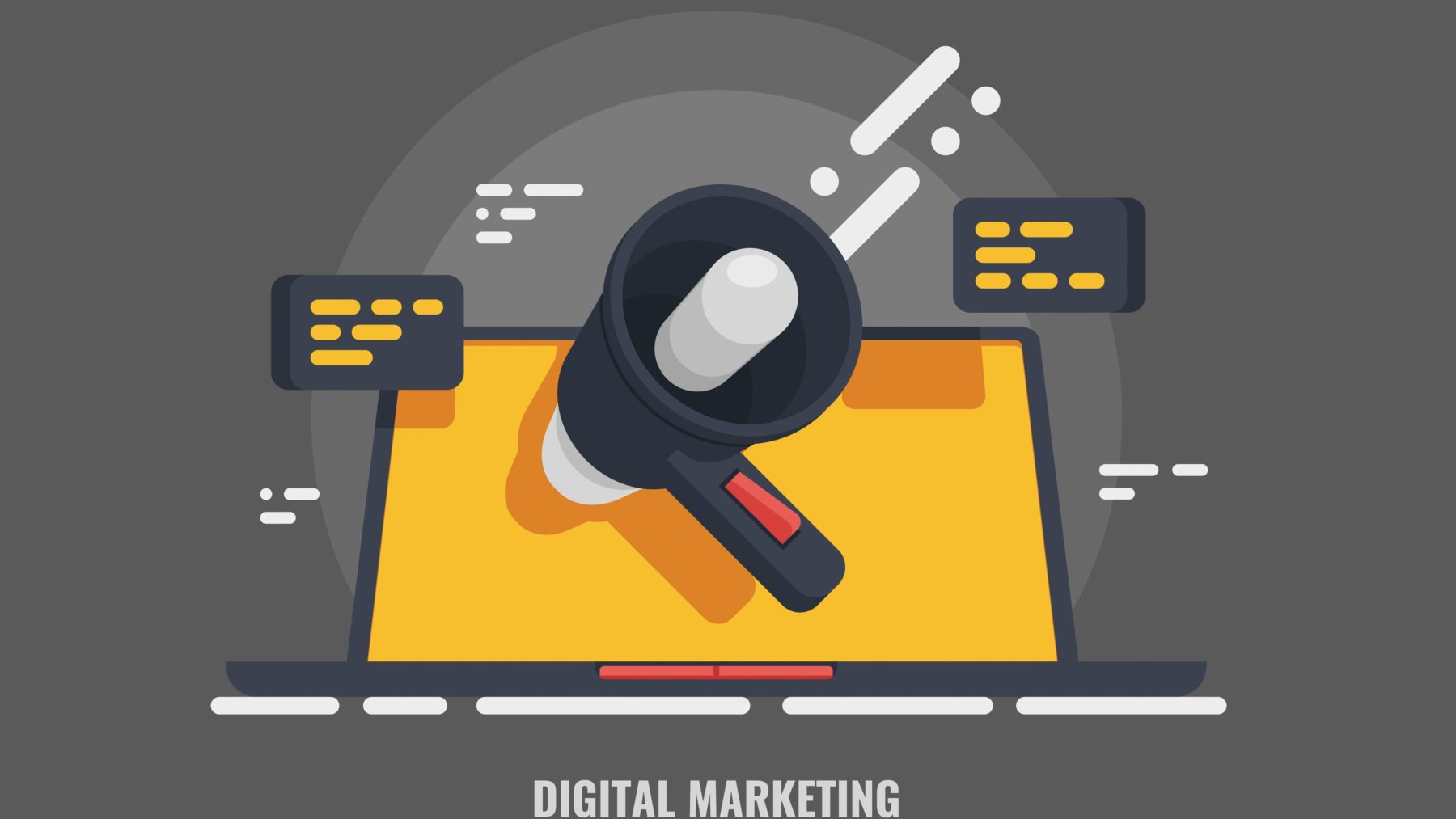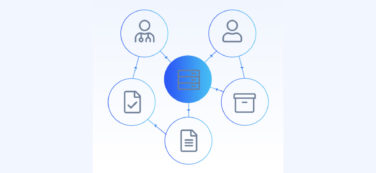With the sheer volume and complexity of promotional materials today, it’s not surprising that busy professionals would benefit from technology that provides extra support during the review process. Workload keeps growing, organizational resources are constrained, and there is only so much that anyone can remember and retain.
Technology revolutionized MLR review through the introduction of cloud-based content management platforms. Thanks to Service as a Software (SaaS), MLR review teams combine creation, review, and distribution capabilities for easy review and approval, in addition to automating content distribution and withdrawal across channels.
Yet, there remains an untapped opportunity to use technology for optimizing the quality of the promotional content that gets uploaded into these systems before the review begins, or during the review process. Content quality is optimized when promotional materials:
- Do not violate any well-established requirements that are not risk tolerance issues.
- Address FDA guidances which include many sub-requirements.
- Have no editorial and grammatical errors or typos.
According to Linda Pissott Reig, Esq., Co-Chair of the FDA/Biotech Group at Buchanan Ingersoll & Rooney, the ability to optimize the review of promotional content can directly translate into significant savings to a company’s bottom line. “There is the ‘intangible’ benefit of freeing up highly skilled subject matter experts to focus on more meaningful endeavors. Companies’ promotional efforts are more likely to thrive when in-person meeting time focuses on consensus building about novel claims rather than repeatedly fixing recurrent or obvious errors that should never have made it onto the promotional review committee agenda.”
Reig shared her perspectives at the 6th Promotional Review Committee Compliance & Best Practices conference from ExL Events where I moderated a panel that included Daniel Heider, Associate Director, Diabetes Payer Brand Marketing, Merck; Thomas Noto, Senior Director Regulatory Operations at Lexicon Pharmaceuticals; and Stacy Reese, Director of Regulatory Advertising and Promotions, Teva Pharmaceuticals.
Benchmark data on copy review inefficiencies points to inefficiencies in terms of lost time and money. The study showed that 25% of a professional’s time engaged in copy review is lost to rewrites when those managing risk and those driving promotional messaging are not in sync. CCC has integrated these data into an ROI calculator which puts a fine point on the inefficiencies due to proofing and re-checking for errors and the submission of poor-quality content from untrained agencies or account team members that are new to the team or more junior in experience.
Take for example a mid-sized company that runs 8,000 promotional materials through its review process yearly; 20% of those materials are for new product launches, new claims, or digital promotion. Based on the calculation, the company could save nearly 15,000 hours of reviewer time by eliminating non-negotiable, non-compliant elements from the materials prior to submission. A smaller company with just 1,000 materials could save nearly 2,000 hours on rewrites.
The Value of Technology
There is a continuum of tech applications for more efficient MLR review that spans regulatory education, quality control, and basic editing. Technology delivers many benefits for the review of promotional content:
- Consistency (so minimum standards are systematically applied and verified for meeting quality standards).
- Scalability (which helps address the ebbs and flows in material volume).
- Customization (to address brand/franchise requirements).
- Evolution (where new concerns need to be evaluated across an entire portfolio).
- Agility (can be managed at a global or local level for rapid response).
High-Tech Education Through Gamification
It’s important to ensure that new marketers acquire marketing skills and understand FDA/OPDP requirements for promotional materials, while being asked to submit materials for review and approval. Additionally, digital regulatory guidance continues to evolve so education on the current regulations is good business practice.
For educating key stakeholders on FDA policies and guidances, technology in the form of games holds great promise. Companies such as Merck, Pfizer, and Bayer already use gamified management systems to help their employees and channel partners master topics and techniques. By combining slides and videos with games, quizzes, badges, and leaderboards, these companies are seeing a significant lift in comprehension, with some initiatives reporting that up to 93% of users felt more prepared to do their jobs because of gamified training.
During the panel discussion, Heider shared a case study to illustrate the role of gaming in educating a diverse range of users—from new to “seen it all”—on complex content. Gamification was utilized to deliver content in manageable pieces with a focus on creating action, not just obtaining knowledge.
Games use storylines, characters, interactive gameplay, feedback, and rewards to convey or reinforce learning content, reduce the monotony of lectures and PowerPoints, deliver individual feedback, and make training much more fun and effective. In addition, they provide employers with extensive data to help them ensure that knowledge is being retained, employees are being developed, and learning content is being retained.
High-Tech Quality Control through Checklists
The use of checklists is a primitive yet remarkably effective strategy for ensuring accuracy in complex tasks. Checklists have long been used in fields such as aviation and space exploration. I have many colleagues who have their own homegrown, handwritten version of a checklist for promotional review.
Reluctance to adopting checklists includes concerns about “more paperwork” or “the rigidity of rules that can negatively affect creativity.” However, rich literature has helped establish many best practices in checklist design, and promotional review now stands to benefit.
During the panel discussion, Reese described why tools such as checklists can help communicate basic FDA policies and corporate compliance standards: “When foundational requirements are clearly defined, reviewers and content originators can align on expectations, which in turn, helps reduce unnecessary rounds of review.”
Fundamental government or corporate compliance requirements can be programmed into an algorithm and made accessible through web-based software for more systematic application.
High-Tech Editing with Phrase Libraries
There are several ways that sophisticated software computing increases productivity through phrase libraries to generate accurate, complete, and compliant communications documentation. For example, companies can create a custom phrase library whereby the software:
- Highlights problematic “red flag” phrases for easy recognition.
- Compares submitted content with approved “master” phrases, so users can quickly determine how to proceed. In addition to identifying potential errors, the software finds typos.
In both cases, new content can be added at any time.
“The life sciences sector currently uses phrase-based text analytics for compliant communications about pharmaceutical hazardous waste,” explains Juin Wang, President of Redshift Technologies. “For compliant promotional communication about drugs and medical devices, the approach is the same: An authoritative repository of facts and expert assessments is employed to generate accurate, compliant, and reviewed communications more efficiently.”
Conclusion
Technology can make the review of promotional content more efficient by increasing the number of materials that are submission-ready and more quickly identifying problematic content. These strategies are critical as the volume and complexity of promotion increases and resources are stretched. No company can afford to waste time and money as a streamlined promotional review process is a competitive advantage.








